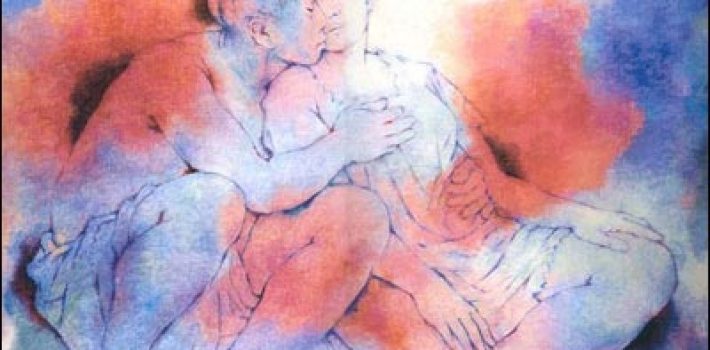Fernando Castro Pacheco – Yucatecan artist
Fernando Castro Pacheco (January 26, 1918 – ) is a Mexican painter, engraver, illustrator, print maker and teacher. As well as being known for traditional artistic forms, Castro Pacheco illustrated several children’s books and produced works in sculpture. He is more popularly known for his murals that invoke the spirit and history of the Mexican people. His works evoke a unique use of color and form.
Education and early career
Born in Mérida, Yucatán in Mexico, Castro Pacheco went on to become a well known international and local artist. Little has been published about the artist’s early life. While some scholars insist that he was a mostly self-taught artist, Castro Pacheco began his “formal” training at the Mérida School of Fine Arts at the age of 15.”[1] While at the school, he honed his artistic skills in engraving and painting. During the time he spent at his school, he studied under the instruction of Italian artist Alfonso Cardone. It was at this school that he completed his first engravings in both wood and linoleum. Castro Pacheco spent six years at the school and produced many works during this early period in his artistic career. He also worked as an instructor and taught painting and drawing in the Mérida area.
Upon completion of his studies, Castro Pacheco is credited with co-founding La Escuela Libre de Las Artes Plásticas de Yucatán in 1941. He also served as an instructor for the school. This school, like many others founded during this period, moved the art classroom and studio into an outdoor atmosphere, allowing the artist to more freely capture the beauty, color and realism of nature in art. The idea of outdoor schools of art was promoted by Alfredo Ramos Martinéz. The idea centered on the promotion of more liberal methods for art instruction. In 1942, soon after the founding of the school, Castro Pacheco produced his first lithographs and displayed his painting and drawings in his first exhibit at the Galería de la Universidad de Yucatán.
While in Mérida, Castro Pacheco began work on several murals around the city. Between 1941 and 1942, he completed murals in the preschools (jardines de niños) or playgrounds in Mérida, as well as in several rural school buildings including the Escuela Campesina de Tocoh located in the rural henequen-producing area near Mérida. He also completed al fresco murals with cultural and sport themes at the Biblioteca de la Union de Camioneros de Yucatán in Mérida.
Career in Mexico City
In 1943 Castro Pacheco moved to Mexico City where his career and personal life took new directions. Castro Pacheco married during this time and fathered two children. Relating to his career in art, it was during his time in Mexico that he was first linked to the Taller de Gráfica Popular. The Taller was a group of artists and printmakers that formed in 1937 most likely from the dissolved Liga de Escritores y Artistas Revolucionarios(League of revolutionary writers and artists) or LEAR which had been active in Mexico City prior to suffering from internal problems. The Taller is associated with popular political movements in Mexico during this time that included “progressive democratic” ideas and support for union workers and people of the lower classes. Castro Pacheco’s role at the Taller is debated. According to some sources he was a somewhat important artist at the Taller, producing engravings and prints that exemplified the face of the poor and suffering in Mexico. According to other sources Castro Pacheco’s role at the Taller was brief and limited, only participating in one show with the group upon his arrival in Mexico City. It was through this first exhibit with the Taller however, that Castro Pacheco gained attention as a print maker and artist. A portfolio of his work was included at the exhibition which gained him attention in the Mexico City art scene and in the international scene as well. Castro Pacheco continued as a print maker until 1960. Working first with linoleum and then between 1945 and 1960 with predominantly wood cuts.
First International Exhibits
After his arrival and success in Mexico City, Castro Pacheco exhibited his works on an international level. In 1945 a selection of his paintings were exhibited the United States at a gallery in San Francisco, California. In 1947 his paintings were part of a collective exhibition in Havana, Cuba.
Later Career and International Study
Upon his return to Mexico City, in 1949 he was named a professor of the Escuela National de Artes Plásticas. Castro Pacheco continued to produce works in various medium while in Mexico City. Moving away from tradition canvas, he is credited with producing the scenery for the ballet productions Guernica and La nube estéril at the Palacio de Bellas Artes in Mexico City in 1953. Remaining a prominent and active artist, in 1963 Castro Pacheco earned a commission from the Institución Nacional de Bellas Artes to travel to countries including Spain, Italy, France, England, the Netherlands and Belgium in order to study the artistic styles of these countries.


Leave a Comment